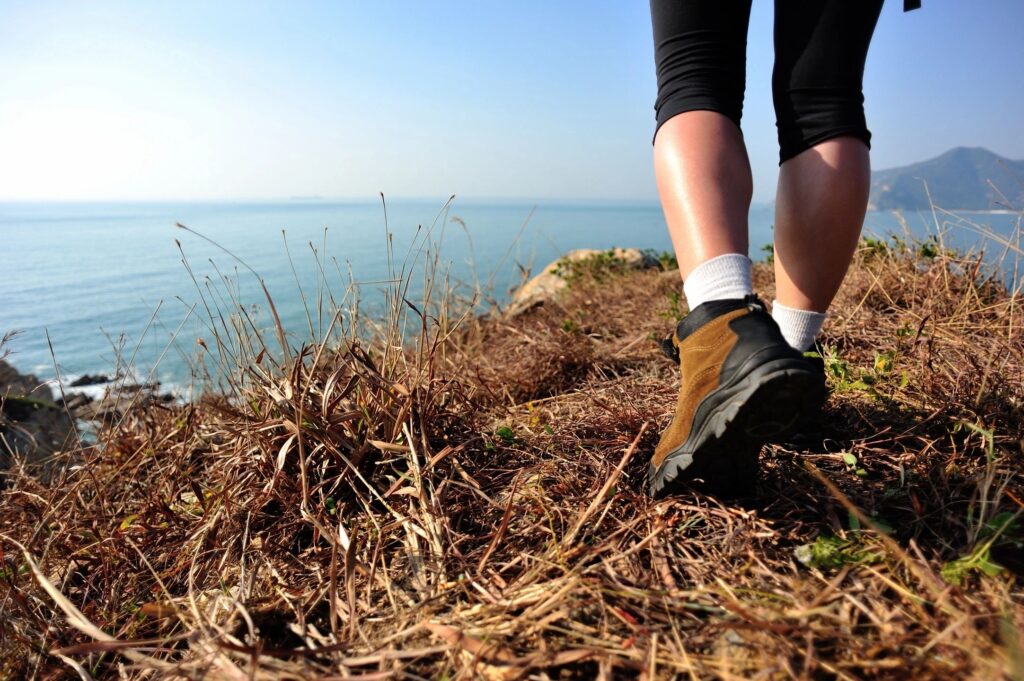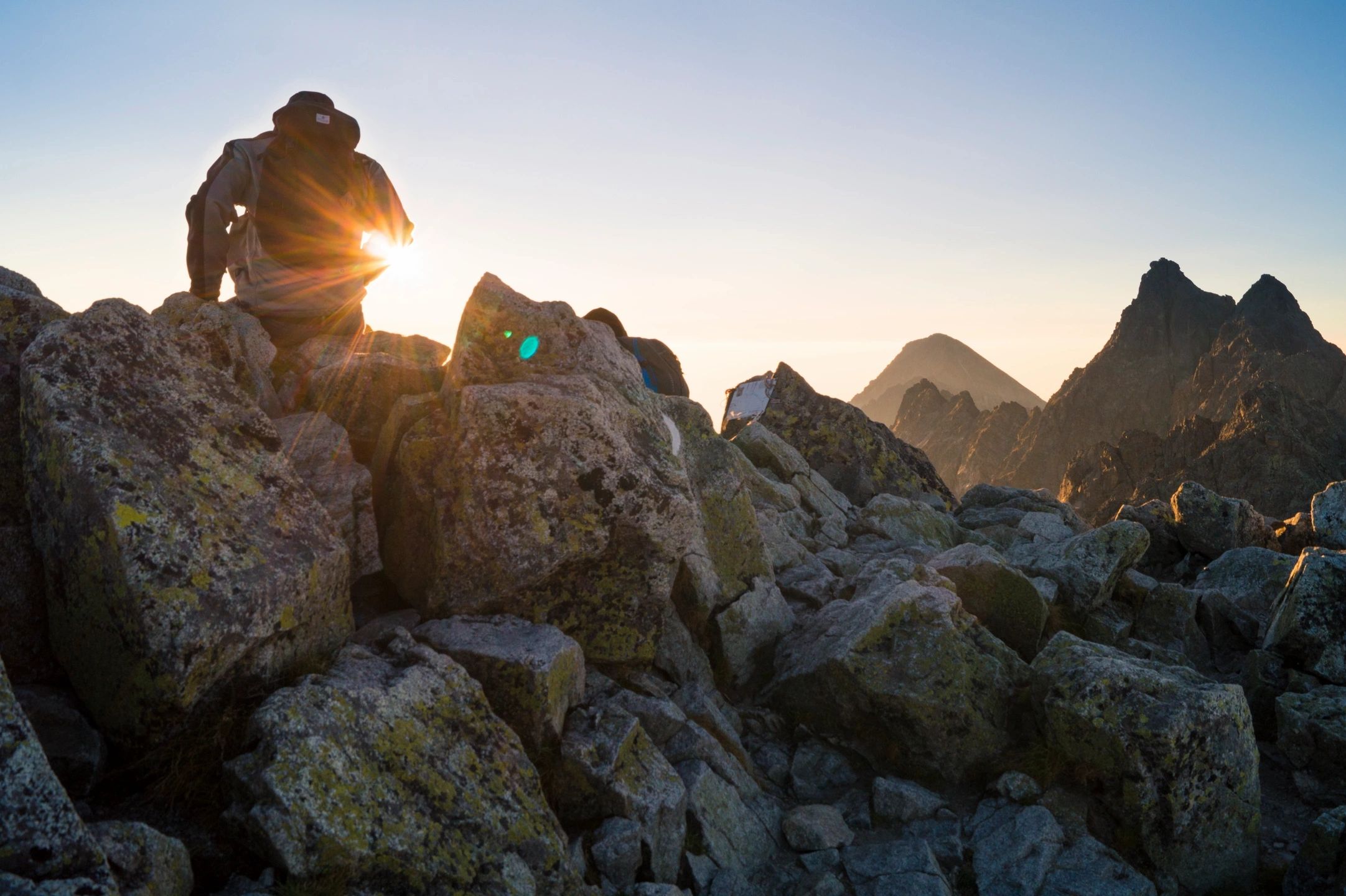
Day hikes can be an incredible way to connect with nature, enjoy scenic views, and get some fresh air and exercise. However, even a short trek can quickly turn dangerous if you’re not properly prepared. Unpredictable weather, rough terrain, or even losing your way can transform an enjoyable outing into a challenging survival scenario. That’s why preparation is key, no matter how simple the hike may seem.
Here are the top five essentials you should always have with you on a day hike, along with some tips to stay safe.
1. Navigation Tools
Getting lost is easier than you think, even on marked trails. Always carry a reliable navigation tool, such as a physical map, compass, or GPS device. Smartphones are great too, but don’t rely solely on them—a dead battery or loss of signal can leave you stranded.
Pro Tip: Download offline maps of your hiking area on Google Maps and use apps like AllTrails to plan your route. Make sure the maps are saved to your phone in case of poor signal. Double-check trail reviews on these apps for the latest updates.
2. Water and Snacks
Staying hydrated and fueled is crucial, even on short hikes. Always bring more water than you think you’ll need. A reusable water bottle or hydration bladder works well for day hikes. Pair this with energy-dense snacks like trail mix, protein bars, or dried fruit to keep your energy levels up.
Pro Tip: If your hike is longer or in a remote area, consider carrying a portable water filter or purification tablets in case you need to refill from a natural source.
3. Appropriate Clothing and Gear
Weather conditions can change unexpectedly, especially in the mountains. Wear moisture-wicking layers and pack a lightweight, weather-resistant jacket. Good hiking shoes or boots are essential for stability and comfort. Don’t forget accessories like a hat, gloves, and sunglasses if the weather calls for it.
Pro Tip: Check the weather forecast before heading out, but prepare for sudden changes. Even on a sunny day, a rain shell can make a big difference.
4. Emergency Kit
Accidents can happen, so having a basic first aid kit is a must. Include items like bandages, antiseptic wipes, pain relievers, and blister pads. Additionally, pack a whistle, multi-tool, and a small flashlight or headlamp with extra batteries. These tools can be lifesavers if you find yourself in a tough spot.
Pro Tip: A lightweight down jacket is an excellent addition. It’s compact and can provide warmth or shelter if you’re stranded.
5. Communication and Safety Measures
Before heading out, let someone know your hiking plan, including the trail, estimated start and finish time, and when they should expect to hear from you. This simple step can make all the difference in an emergency. Carry a fully charged phone and consider a portable power bank. In areas with no cell service, a personal locator beacon (PLB) or satellite communicator can provide an extra layer of safety. You can enable satellite communication in most smartphones.
Pro Tip: Familiarize yourself with basic outdoor survival skills, like starting a fire or signaling for help, to be prepared for unexpected situations.
